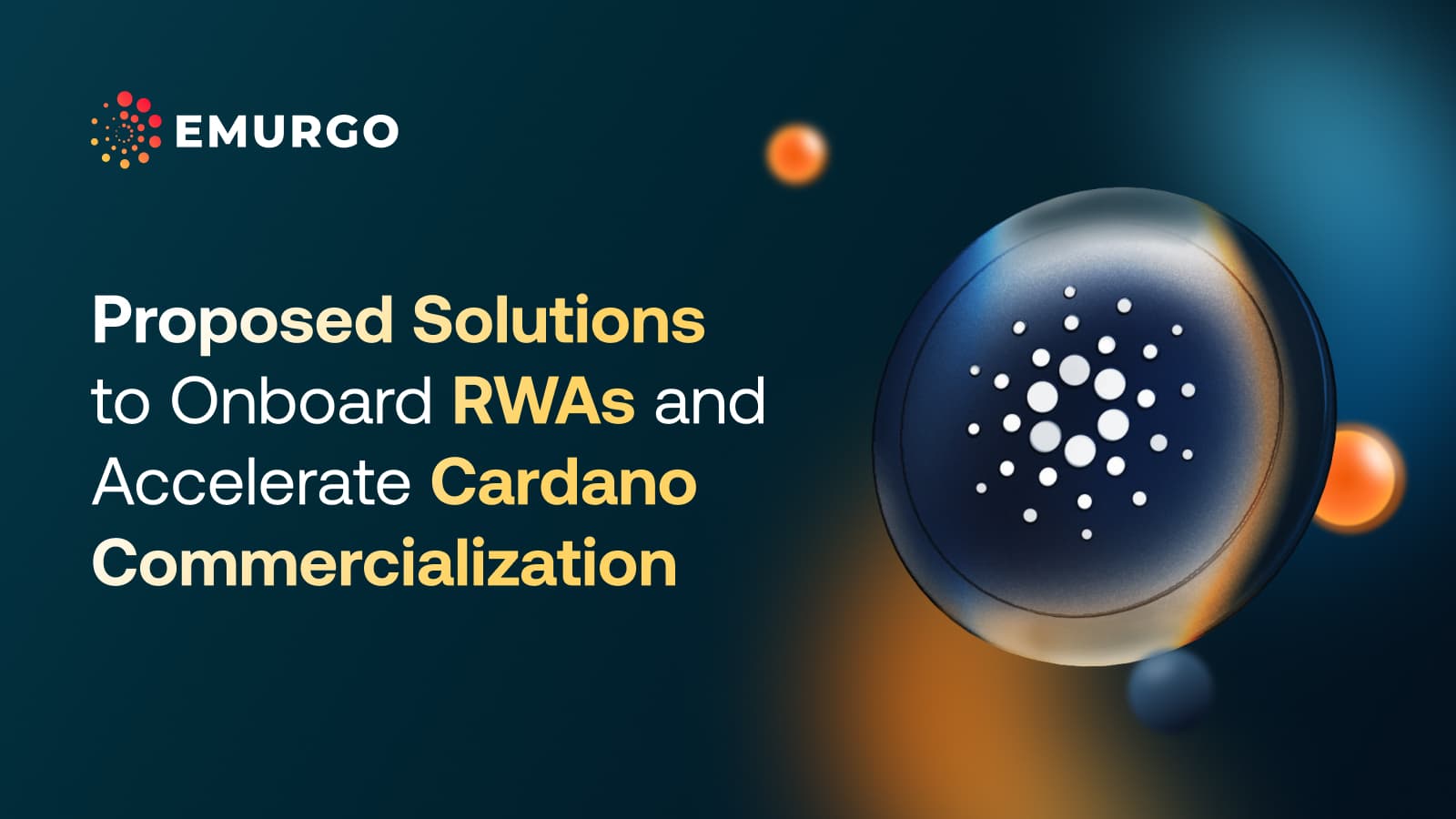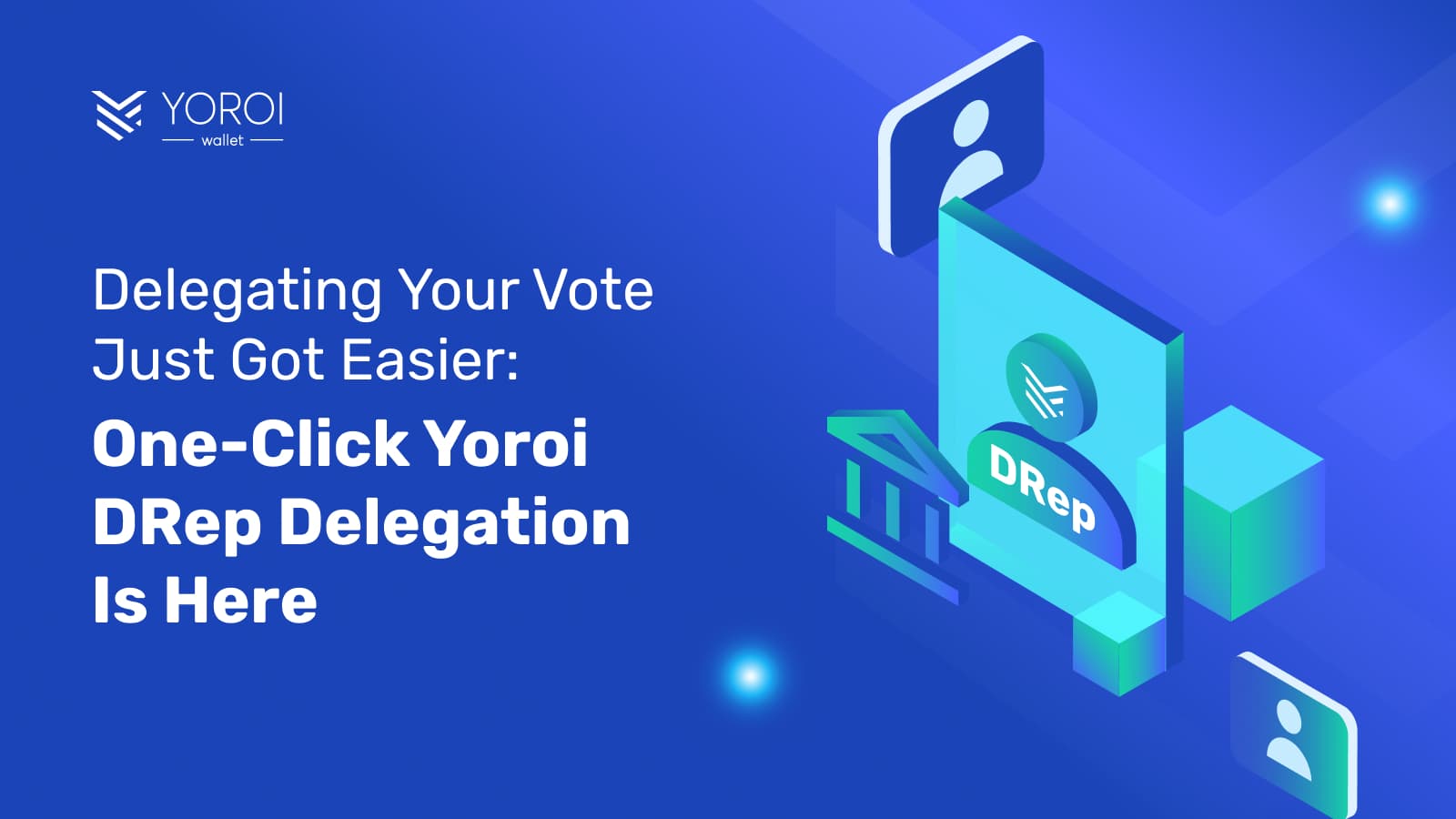Update:
As part of the first upgrade of the Chang Hard Fork, the Cardano genesis keys have been burned. The process was triggered on September 1st and kickstarted the Conway Era in epoch 507. Hard forks will now be able to be triggered by a governance action proposed by the community. Governance bodies such as SPOs and DReps will vote on the proposed changes and the Constitutional Committee shall decide whether to use or not its veto power. These functions will be introduced through the second upgrade of the Chang Hard Fork.
A blockchain hard fork is essentially an upgrade in the software run by the distributed nodes (servers) that validate and secure the network. As decentralized blockchains are governed by a set of rules (protocol) followed by each participant in the network, each node will have to implement the upgrade to continue playing its role.
A hard fork can deliver new functions and features to the network and improve security, among other benefits.
In Cardano, a hark fork is delivered via a hard fork combinator (HFC), ensuring a smooth transition during the upgrade to a new protocol. In other blockchains, a hard fork can potentially result in network downtime and other inconveniences. For the Chang Hard Fork, at least 70% of stake pool operators (SPOs) will need to upgrade to the new node version and 80% of exchange liquidity will need to be ready.
This will mark the first step towards a minimum-viable community-run governance structure outlined in CIP-1694, meaning that the Cardano community will be responsible for maintaining and shaping the blockchain network. It will be instituted with the consent of the community, including network SPOs.
The Chang Hard Fork is a technical component of the Voltaire era of the Cardano roadmap, which focuses on implementing a sustainable and distributed governance framework. With the first part set to be initiated in July 2024, the next part of the Hard Fork upgrade is set to happen by Q4 of this year.

Part one of the hard fork aids the transition to a fully community-governed blockchain network and the entrance into a technical bootstrapping phase. Due to its complexity and the involvement of many community stakeholders, Cardano’s distributed governance will take time to implement completely. While the network is in this process of transformation, temporary governance institutions will support the transition.
First, the Interim Cardano Constitution is released by Cardano’s off-chain governance organization Intersect. It’s a guiding document that will give guardrails during the transition period. It is meant to be a bridge to the actual Constitution, which is set to be drafted and ratified by the community at the Cardano Constitutional Convention later in the year.
Read more: What does Intersect do for Cardano governance?
During this first upgrade of the Chang Hard Fork, the hash of this interim constitution will be included as part of the new node version (Cardano Node 9.0.0), which supports entering the bootstrapping phase of CIP-1694 and is to be implemented by all network participants. This will ensure the text’s integrity and serve as a trial for when the full Constitution is ratified.
Second, Intersect has opened the Interim Constitutional Committee (ICC). This temporary governance body will uphold the principles of the interim Constitution and vote on the first on-chain governance actions. The committee will have seven members during its existence, including three elected by the community.
This interim body will have a veto power that will be enacted via on-chain voting and introduced as part of the Chang Hard Fork.
The second part will introduce several of the final upgrades needed for full community-run governance. It’s a more complex piece than Part One and is expected to happen in Q4 of 2024. It’ll mark the start of full-force decentralized governance and the exit from a technical bootstrapping phase.
Part Two will introduce the Delegate Representatives (DReps) as a governance body. The DReps can register and generate a certificate, request ADA delegations, and vote on governance proposals. All these functions will be part of the Cardano network.
Read more: Explaining the governance bodies in Cardano
Second, SPOs voting on governance actions will be possible. They will have the chance to use their delegated ADA as voting power. This will give them the chance to approve or reject governance actions.
Third, the Constitutional Committee will be online. This body will be able to grow its membership past the seven of the interim committee. It’ll also have full veto power on all governance actions the group finds contradict the constitution.
Finally, the community will then be in charge of treasury withdrawals. Cardano users will be able to propose treasury debits via governance actions. The three bodies (Constitutional Committee, DReps, and SPOs) will vote on them, and if approved, ADA will be moved out of the treasury.
From that point forward, the future of the Cardano blockchain will be in the hands of its community, along with its power to draft and ratify the Cardano Constitution. This will mark a monumental step not only for the network but also for the blockchain industry as a whole, as Cardano will be the first truly distributed and community-run blockchain network.
Want to receive more essential information about Cardano updates, courses, and related events?
Then, follow EMURGO on X and LinkedIn to stay up-to-date.
About EMURGO
- Official Homepage: emurgo.io
- X (Global): @EMURGO_io
- YouTube: EMURGO channel
- Facebook: @EMURGO.io
- Instagram: @EMURGO_io
- LinkedIn: @EMURGO_io
Disclaimer
You should not construe any such information or other material as legal, tax, investment, financial, or other advice. Nothing contained herein shall constitute a solicitation, recommendation, endorsement, or offer by EMURGO to invest.



